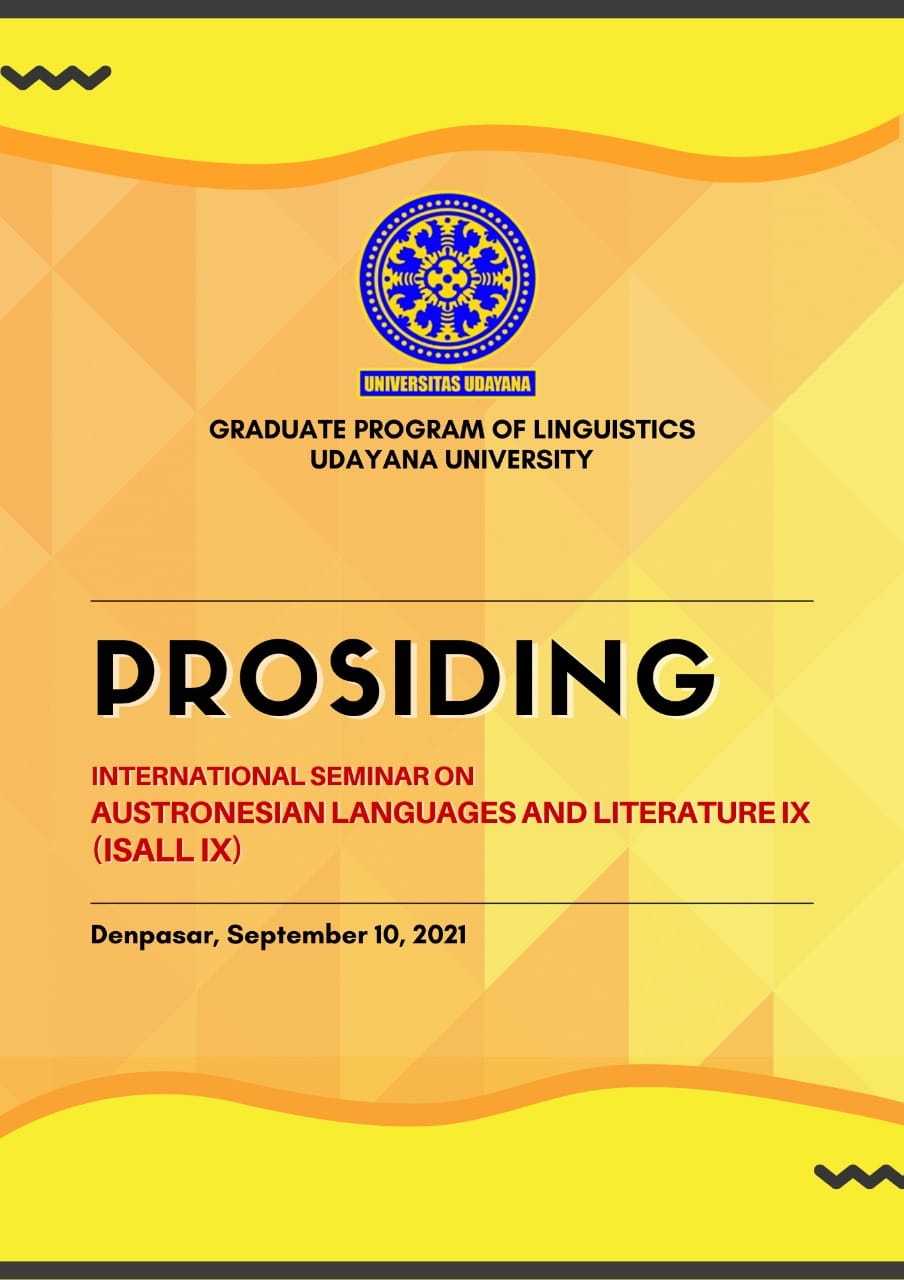Techniques of Humor in Das’ad Latif Preaching
Abstract
Humor serves primarily as a vehicle to convey religious teachings and therefore humor has become an inseparable part of religious practices in Indonesia. The relation between humor and religion holds particularly vital instrument to bridge communication and understanding between diverse religious groups including fundamentalists. In the Muslim community, humor prominently found in preachers, recitations, and other religious activities. The tradition of Islamic preaching in Indonesia cannot be separated from humor. The preaching task invites and even demands the use of humor. One of the famous Da’i who use humor in his preaching is Ustadz Das’ad Latif. This paper analyses the techniques used in Das’ad Latif preaching. The method used in this paper is descriptive method with a qualitative approach. The most widely used humor technique dimension is language followed by the second most widely used dimension is logic. The third dimension is action and the last is identity. This is because verbal strength, where the language category is humor that is conveyed verbally, can represent other categories such as logic (humor that comes from ideas or thoughts), action (humor that comes from non-verbal communication), identity (humor that comes from one's identity or existence)
References
Academic Journal for Homiletic Studies Volume 14 Nomor 2 tahun 2020.
Attardo, Salvatore. 2001. Humorous Texts: A Semantic and Pragmatic Analysis. Berlin and New York: Mouton de Gruyter.
Berger, Arthur Asa. 2012. An Anatomy of Humor. United States of America: Transaction Publishers.
Bergson, H. 1980. Laughter: An Essay on the Meaning of the Comic. Comedy, BA: Johns Hopkins University Press.
Fraenkel, Jack. R., and Norman E. Wallen. 2012. How to Design and Evaluate Research in Education 8th Edition. Boston: McGraw-Hill Higher Education.
Japarudin. “Humor dalam Aktivitas Tabligh” dalam Jurnal Ilmiah Syi’ar Vol. 17 No. 2 tahun 2017.
Listya Istingtyas, “Humor dalam Kajian Psikologi Islam” dalam Jurnal Ilmu Agama Vol. 15 No. 1 tahun 2014.
M.P. Mulder and A. Nijholt.2002. Humour Research: State of the Art. Netherlands: Centre for Telematics and Information Technology
Muniruddin, M. “Humor Dan Komunikasi Dakwah Pengembangan Masyarakat Islam” dalam Jurnal Komunika Islamika: Jurnal Ilmu Komunikasi
Dan Kajian Islam, Volume 5 (2), tahun 2018.
Peter, Dr. Laurence J., and Bill Dana. 1982. The Laughter Prescription: How To Achieve Health, Happiness, and Peace of Mind Through Humor. New York: Ballantine Books.
Provine, Robert R. 2000. Laughter: A Scientific Investigation. New York: Viking.
Rahmanadji. 2007. Sejarah, teori, jenis, dan fungsi humor. Jakarta: FS UM
Raskin, Victor. 1985. Semantic Mechanisms of Humor. Dordrecht: Reidel.
Ross, Alison. 2005. The Language of Humour. London: Routledge


